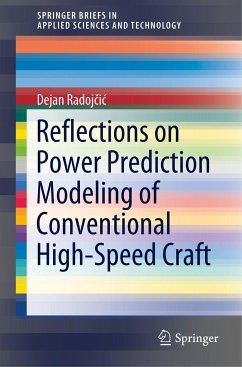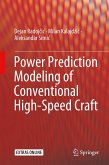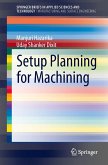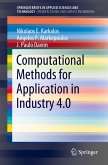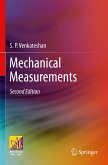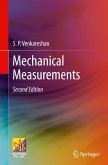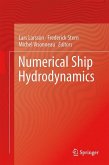This SpringerBrief focuses on modeling and power evaluation of high-speed craft. The various power prediction methods, a principal design objective for high-speed craft of displacement, semi-displacement, and planing type, are addressed. At the core of the power prediction methods are mathematical models for resistance and propulsion efficiency. The models are based on the experimental data of various high-speed hull and propeller series. The regression analysis and artificial neural network (ANN) methods are used as an extraction tool for this kind of mathematical models. A variety of mathematical models of this type are discussed in the book.
Once these mathematical models have been developed and validated, they can be readily programmed into software tools, thereby enabling the parametric analyses required for the optimization of a high-speed craft design. This book provides the foundational reference for these software tools, and their use in the design of high-speed craft. High-speed craft are very different from conventional ships. Current professional literature leaves a gap in the documentation of best design practices for high-speed craft.
This book is aimed at naval architects who design and develop various types of high-speed vessels.
Once these mathematical models have been developed and validated, they can be readily programmed into software tools, thereby enabling the parametric analyses required for the optimization of a high-speed craft design. This book provides the foundational reference for these software tools, and their use in the design of high-speed craft. High-speed craft are very different from conventional ships. Current professional literature leaves a gap in the documentation of best design practices for high-speed craft.
This book is aimed at naval architects who design and develop various types of high-speed vessels.

